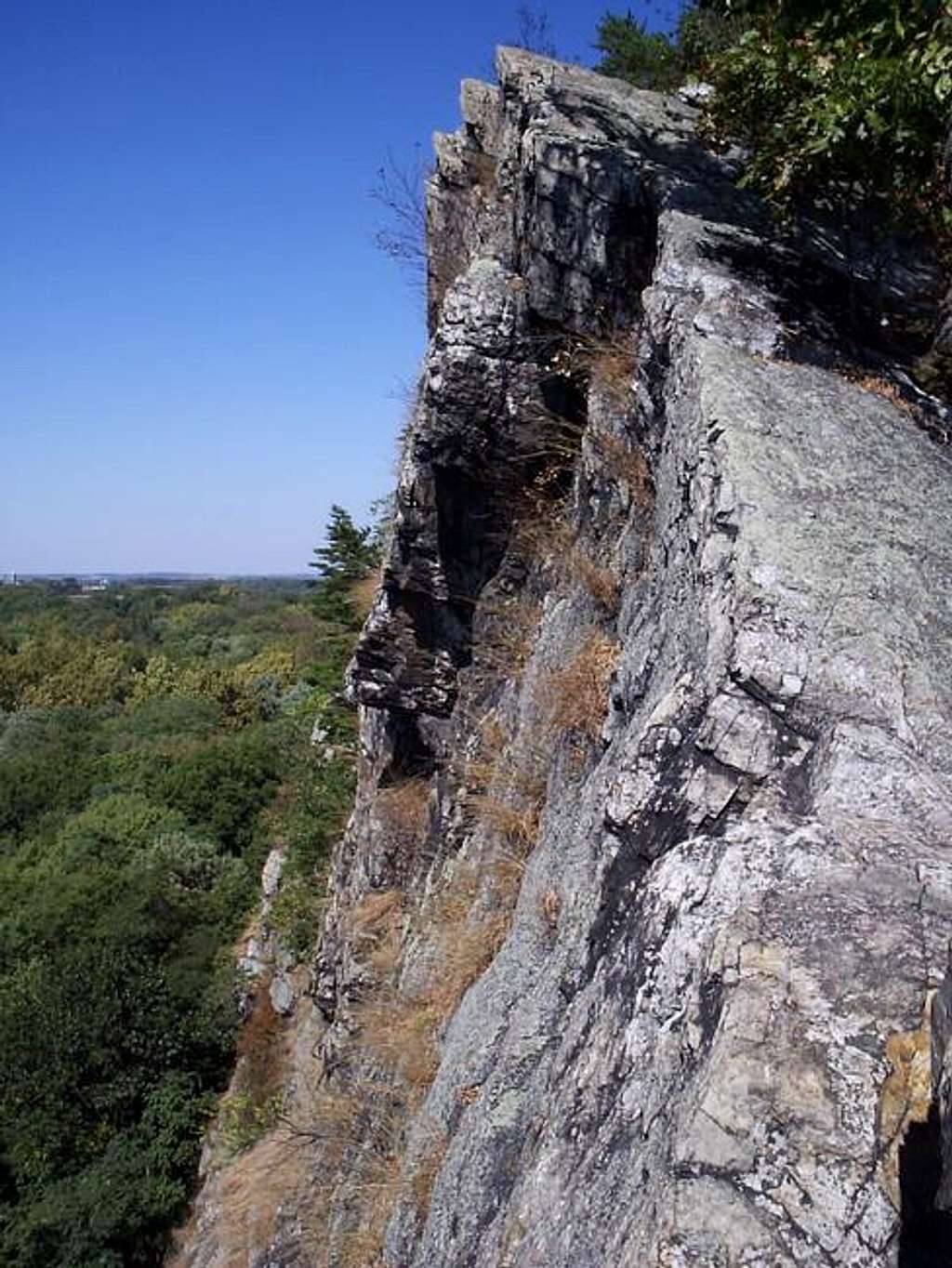GlennG - Oct 4, 2005 1:16 pm - Hasn't voted
Really?Is that really the largest on the east coast? Is that your opinion, or did you find that somewhere?
mtwashingtonmonroe - Oct 4, 2005 3:40 pm - Hasn't voted
Re: Really?It is the largest exposed, exposed being the key word on the east coast. It's not a matter of opinion. It's in my geology book and a number of others. I don't know how positive geologists are and how they know, but that's what it says. Thanks for checking out the page and take care!
-Britt
kpthomson - Jul 2, 2009 10:22 am - Hasn't voted
not to be confused with sheer exposure in rock wall heightfound this pic and responed...was looking for rock climbing in the poconos, since I will be in PA in a few weeks. If you know, post, thanks.
In structural geology, an anticline is a fold that is convex up and has its oldest beds at its core. The term is not to be confused with antiform, which is a purely descriptive term for any fold that is convex up. Therefore if age relationships (i.e. younging direction) between various strata are unknown, the term antiform must be used.
On a geologic map, anticlines are usually recognized by a sequence of rock layers that are progressively older toward the center of the fold because the uplifted core of the fold is preferentially eroded to a deeper stratigraphic level relative to the topographically lower flanks. The strata dip away from the center, or crest, of the fold.
If an anticline plunges (i.e., is inclined to the earth's surface), the surface strata will form Vs that point in the direction of plunge. Anticlines are typically flanked by synclines although faulting can complicate and obscure the relationship between the two. Folds typically form during crustal deformation as the result of compression that accompanies orogenic mountain building.







Comments
Post a Comment